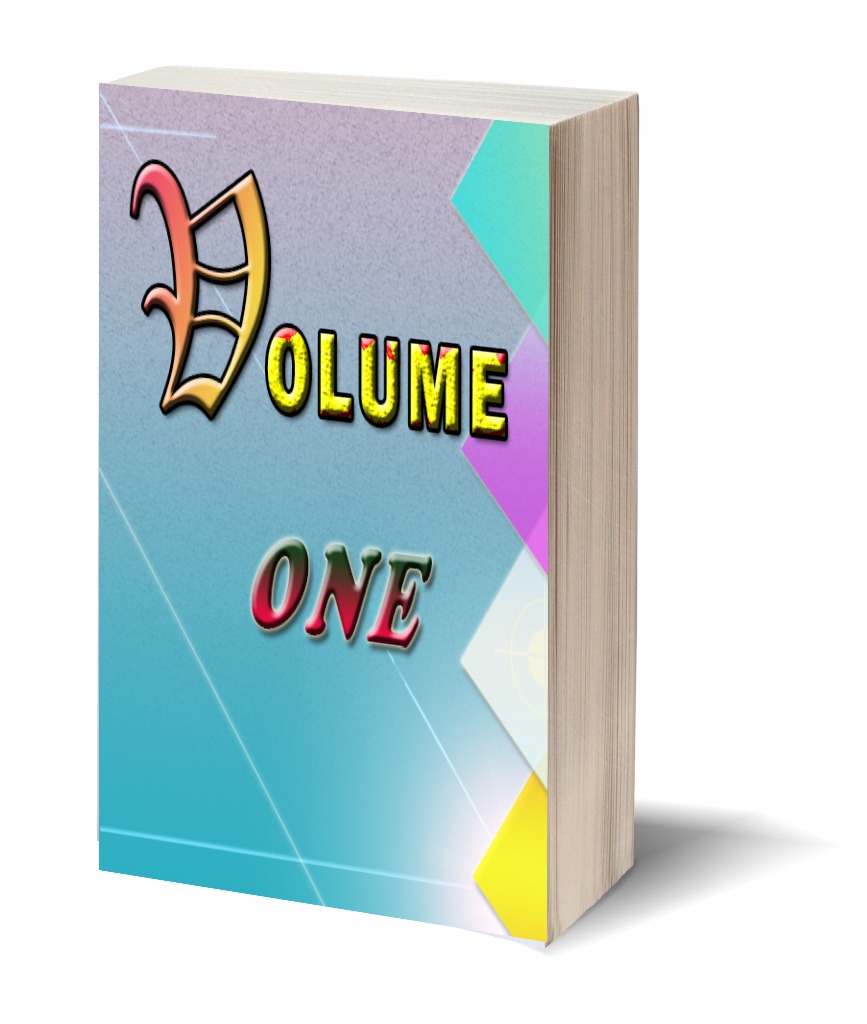A Petri Net Computational Model for Web-based Students Attendance Monitoring
Keywords:
Web based student attendance, Petri nets, computational model, monitoringAbstract
Monitoring student's attendance in classes is necessaryfor proper assessment of their understanding and performance in a course module. Attendance nzonitoring in a manual teaching ånd leanüng setting is easier than in web-based. The major reason for the inherent difficulty is that the latter provides virtual teaching and learning relationship in which students are not seen, whereas thefonner involves physical orface-to-face teaching and learning. Research and evidence showed that good attendance has a direct impact on student's success in a course module. The paper presents an overview of studentteacher relationship in an educational environment. Subsequently, a Inathematical model description using Petri nets is provided to capture web- based student attendance. The entpirical exanzple and corresponding output using Microsoft Excel justified the modeling power of Petri nets. The framework presented can be embedded into custom online academic programnte to track student attendance in course modules.
Similar Articles
- Onyekwere O. Ikedichukwu, Oriaku I. Chijioke, Confinement Effects and Emission Spectra of〖α-Ga〗_x 〖In〗_(1-x) N Quantum Dots Nanostructure , Communication In Physical Sciences: Vol. 7 No. 3 (2021): VOLUME 7 ISSUE 3
- Ibe Awodi, Nsidibe C Nwokem, Determination of trace metal, fat content and iodine value in canned fishes; sardine (Sardinella brasilienses) and mackerel (scomber scombus) , Communication In Physical Sciences: Vol. 8 No. 4 (2022): VOLUME 8 ISSUE 4
- Oluwafemi Samson Afolabi , Load-Bearing Capacity Analysis and Optimization of Beams, Slabs, and Columns , Communication In Physical Sciences: Vol. 6 No. 2 (2020): Communication in Physical Sciences
- Benjamin Asuquo Effiong, Emmanuel Wilfred Okereke, Chukwuemeka Onwuzuruike Omekara, Chigozie Kelechi Acha, Emmanuel Alphonsus Akpan, A New Family of Smooth Transition Autoregressive (STAR) Models: Properties and Application of its Symmetric Version to Exchange Rates , Communication In Physical Sciences: Vol. 9 No. 3 (2023): VOLUME 9 ISSUE 3
- 1. Anthony I. G. Ekedegwa, Evans Ashiegwuike, Abdullahi Mohammed S. B, Seasonal Short-Term Load Forecasting (STLF) using combined Social Spider Optimisation (SSO) and African Vulture Optimisation Algorithm (AVOA) in Artificial Neural Networks (ANN) , Communication In Physical Sciences: Vol. 12 No. 3 (2025): VOLUME 12 ISSUE 3
- Nwakobi, Micheal Nnamdi, An Economic Production Quantity model with shortages, a variable lead time and a variable holding cost , Communication In Physical Sciences: Vol. 7 No. 2 (2021): VOLUME 7 ISSUE 2
- Yusuf Mohammad Auwal, Hussaini Shuaibu, Muhammad Sani Isa, Study of Symmetric Nuclear Matter Properties in Non-linear Walecka Model via Relativistic Mean-field approximation at zero-temperature , Communication In Physical Sciences: Vol. 12 No. 2 (2025): VOLUME 12 ISSUE 2
- Gulumbe S. Usman, Umar Usman, Aremu Kazeem Olalekan, Odeyale, Abideen Babatunde , The Generalized Odd Generalized Exponential Gompertz Distribution with Applications , Communication In Physical Sciences: Vol. 10 No. 1 (2023): VOLUME 10 ISSUE 1
- John P. Shinggu, Emmaneul Etim Etim, Alfred Onen, Protonation-Induced Structural and Spectroscopic Variations in , Communication In Physical Sciences: Vol. 9 No. 4 (2023): VOLUME 9 ISSUE 4
- John Paul Shinggu, Emmanuel Edet Etim, Alfred Ikpi Onen, Quantum Chemical Studies on C2H2O Isomeric Species: Astrophysical Implications, and Comparison of Methods , Communication In Physical Sciences: Vol. 9 No. 2 (2023): VOLUME 9 ISSUE 2
You may also start an advanced similarity search for this article.




